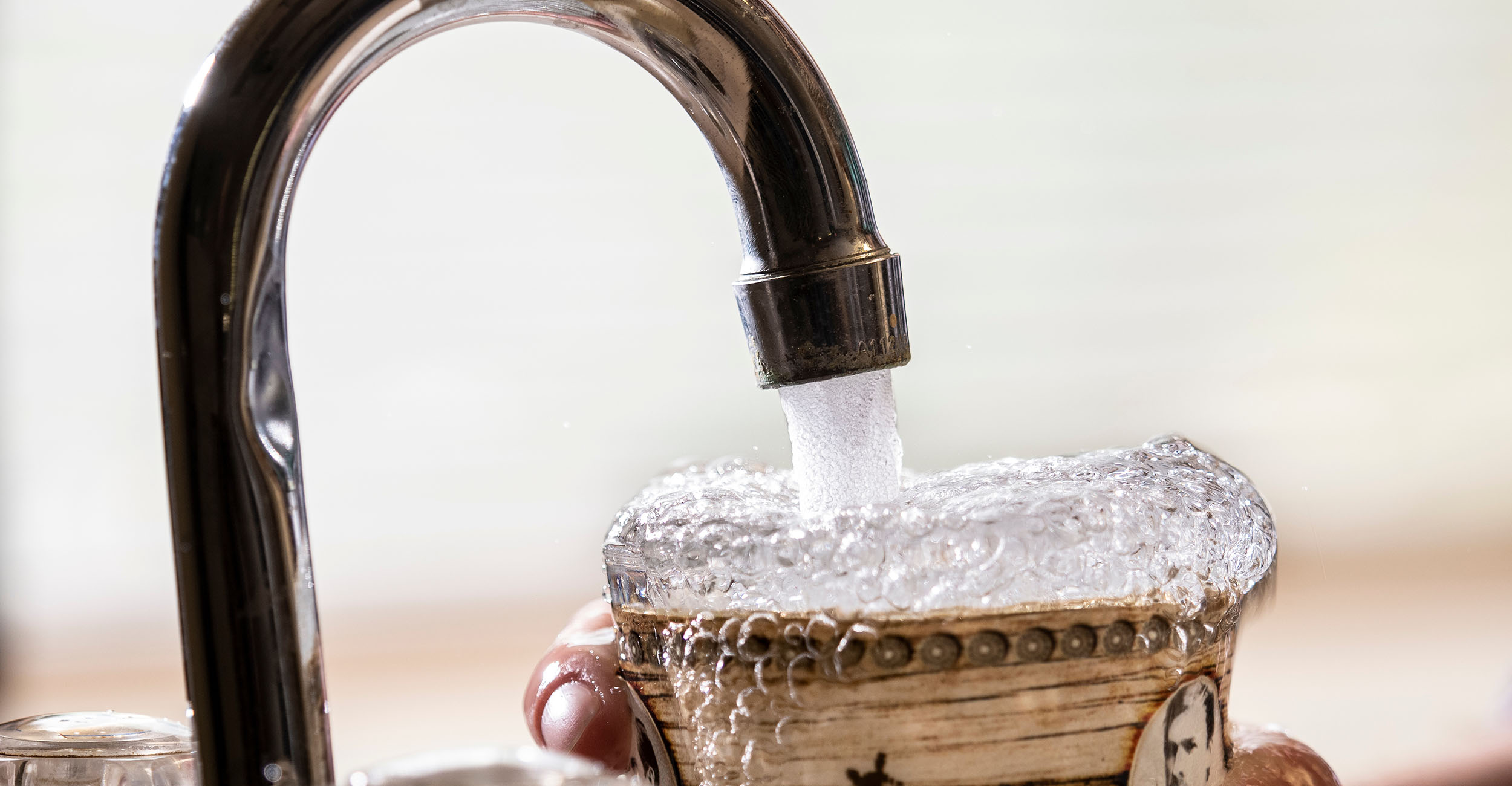
Consumers can cut utility bills by conserving water at home
Friday, December 3, 2021
Media Contact: Trisha Gedon | Communications Specialist | 405-744-3625 | trisha.gedon@okstate.edu
The constant drip of a faucet is not only annoying, it can also be costly for homeowners in wasted water costs. Unnecessary water usage can put a dent in your finances, so it’s important to conserve water at home.
Aging infrastructure and drought conditions affecting a municipality’s water supply are more reasons to conserve, said Scott Frazier, Oklahoma State University Extension energy management specialist and associate professor in the OSU Department of Biosystems and Agricultural Engineering.
“The easiest way for homeowners to conserve water is to simply turn off the tap,” Frazier said. “The average faucet releases 2 gallons of water per minute. Just turning off the tap when brushing your teeth can save up to 8 gallons of water every day. On a per-gallon basis, a homeowner’s cost of water is fairly inexpensive, but the cost adds up over time.”
Besides turning off the faucet, what can homeowners do to conserve water? Fix leaks and drippy faucets. A small leak can waste hundreds of gallons of water each day, and a running toilet can easily waste 200 gallons of water each day. At one drip per second, a faucet can leak 3,000 gallons of water in a year. If unable to work on these issues yourself, contact a plumber to take care of these water-wasters.
Does it take a long time for warm water reaches the bathroom? By insulating pipes, less energy is lost between the hot water tank and the faucet, which means the homeowner doesn’t waste water waiting as long for it to warm up. It’s easy and inexpensive to do with pre-slit foam pipe insulation, Frazier said.
Other water-saving tips include:
- Adjust water levels to match the size of the load in the washing machine.
- Install water-saving showerheads and low-flow faucet aerators.
- Take shorter showers.
- Install dual-flush toilets.
- Put a float booster in the toilet tank.
- Don’t leave the water running when hand-washing dishes. Better yet, use the dishwasher — most modern models are more efficient than washing by hand.
- If you have no dishwasher, use a dishpan in the kitchen sink when washing and rinsing dishes. Recycle this “gray” water to irrigate plants. The dish soap is diluted and not harmful to plants.
“Employing some of these water-saving tactics can reduce your in-home water use by up to 35% or more. The average household uses 130,000 gallons per year, so you’d reduce your water footprint by 44,000 gallons per year,” Frazier said. “Not only is this good for the water supply, but it’ll also save money on the utility bill.”
